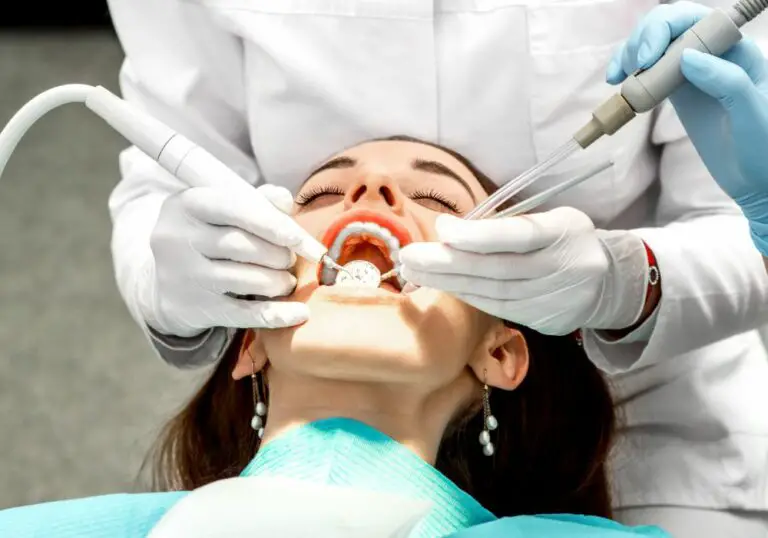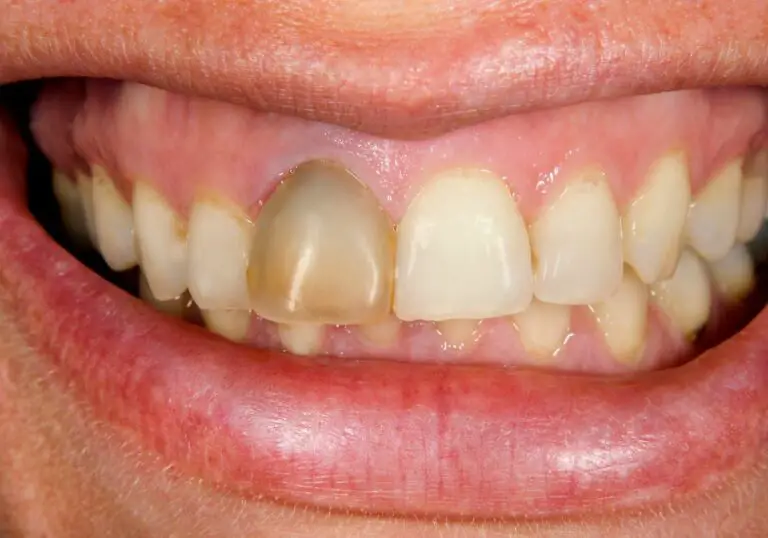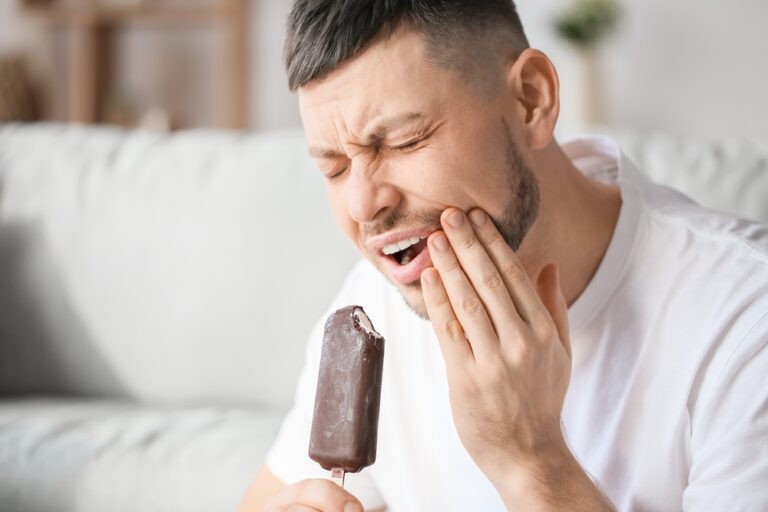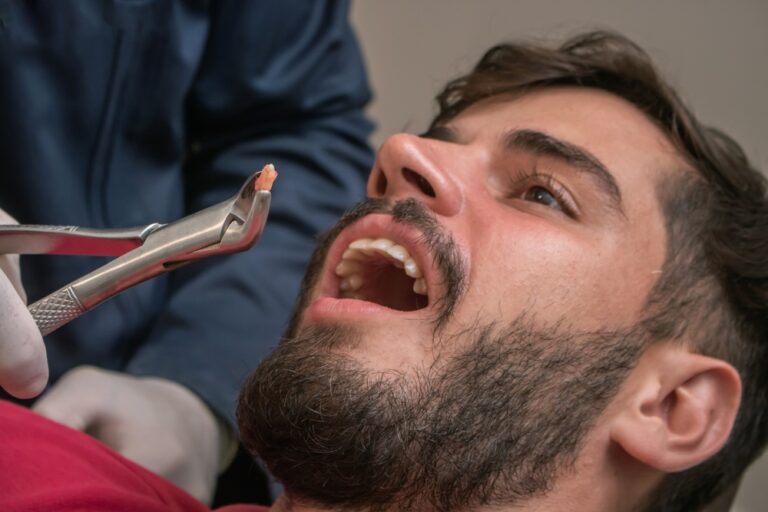Are you noticing that your teeth are shifting? This can be a concerning experience, but it’s important to know that it’s not uncommon. There are several reasons why teeth can shift, including everyday movements, tooth extraction, and aging. Understanding why your teeth are shifting is the first step in determining what to do next.
One common cause of teeth shifting is the loss of bone density that occurs with aging. As your bones lose mineral content, the connections between your teeth and jawbone can weaken, allowing your teeth to move out of place. Additionally, everyday movements like talking, smiling, and coughing can put pressure on your teeth and cause them to shift. If you’ve recently had a tooth extraction, the surrounding teeth may shift as well. Whatever the cause, it’s important to take action to prevent further shifting and maintain good oral health.
Understanding Tooth Movement
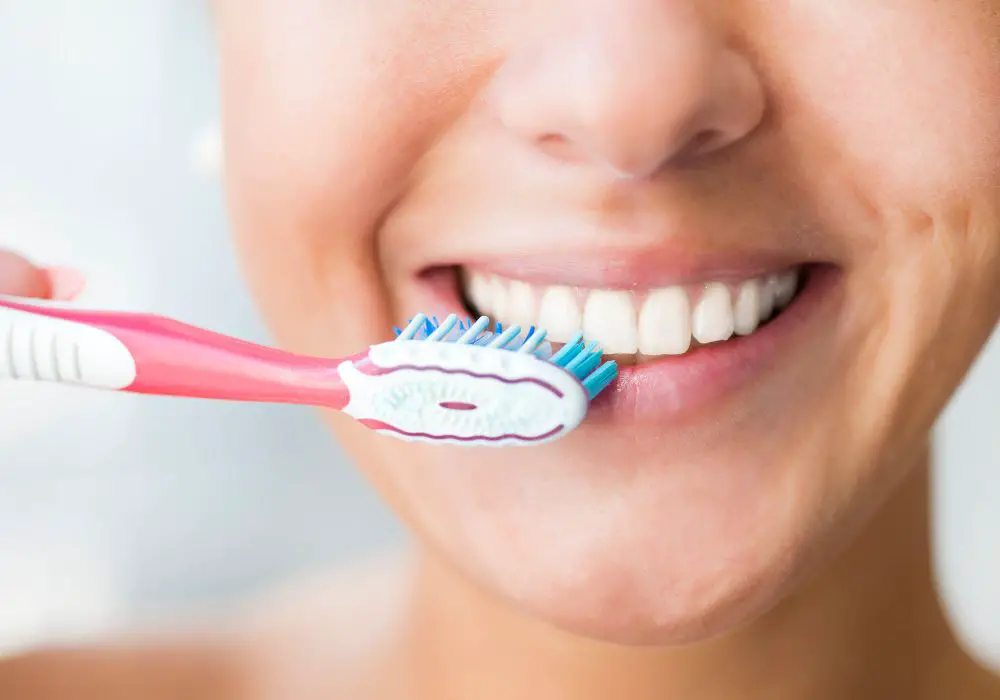
If you’ve noticed that your teeth are shifting, it’s important to understand why this is happening. Tooth movement can be caused by several factors, and recognizing the signs and symptoms can help you take action to prevent further shifting.
Causes of Tooth Shifting
There are several reasons why your teeth may be shifting. Some of the most common causes include:
- Aging: As you age, your teeth may naturally shift due to changes in your jawbone and gums.
- Orthodontic treatment: If you’ve had braces or other orthodontic treatment, your teeth may shift back to their original position if you don’t wear a retainer.
- Tooth loss: If you’ve lost a tooth, the surrounding teeth may shift to fill the gap.
- Grinding or clenching: Grinding or clenching your teeth can put pressure on them, causing them to shift over time.
- Gum disease: Gum disease can cause your teeth to become loose, which can lead to shifting.
Signs and Symptoms
If you’re not sure whether your teeth are shifting, there are several signs and symptoms to look out for. These include:
- Gaps between your teeth
- Crowding or overlapping teeth
- Changes in your bite
- Loose teeth
- Pain or discomfort when biting or chewing
If you’re experiencing any of these symptoms, it’s important to see your dentist as soon as possible. They can help you determine the cause of your tooth shifting and recommend the best course of action.
Understanding the causes of tooth shifting and recognizing the signs and symptoms can help you take action to prevent further shifting. By working with your dentist, you can develop a plan to keep your teeth healthy and prevent future dental issues.
Immediate Actions
If you feel like your teeth are shifting, there are a few immediate actions you can take to prevent further damage and address the issue.
Practicing Good Oral Hygiene
One of the best things you can do to prevent teeth shifting is to maintain good oral hygiene. This includes brushing your teeth twice a day, flossing daily, and using an antiseptic mouthwash. By removing plaque and bacteria from your teeth and gums, you can prevent gum disease and other issues that can cause teeth to shift.
Avoiding Hard Foods
Another way to prevent teeth shifting is to avoid hard foods that can put pressure on your teeth. This includes things like ice, hard candy, and popcorn kernels. Chewing on hard objects can cause your teeth to shift or even crack, so it’s best to avoid them altogether.
If you’re experiencing discomfort or pain from shifting teeth, you should make an appointment with your dentist as soon as possible. They can assess the situation and provide you with treatment options to prevent further damage and restore your smile.
Consulting a Dental Professional
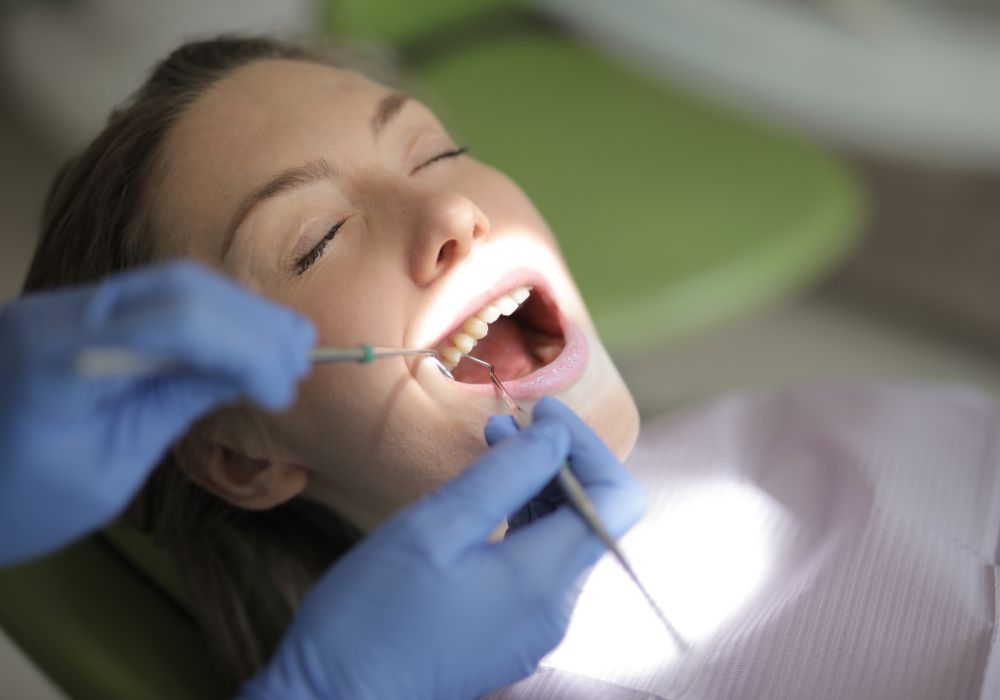
If you feel like your teeth are shifting, it’s essential to consult a dental professional as soon as possible. Here are some things to consider when seeking professional help.
When to See a Dentist
If you notice any changes in your bite or the position of your teeth, it’s time to see a dentist. Some common signs that you may need to schedule a visit include:
- Teeth that feel loose or wobbly
- A change in the way your teeth fit together when you bite down
- Gaps or spaces between your teeth
- Crowded or overlapping teeth
- Pain or discomfort when biting or chewing
It’s important to note that teeth shifting can be caused by a variety of factors, including age, genetics, and dental disease. Your dentist can help determine the cause of your shifting teeth and recommend an appropriate treatment plan.
What to Expect During the Visit
During your visit, your dentist will likely perform a thorough examination of your teeth and gums. They may also take X-rays or other diagnostic tests to get a better look at your teeth and jaw.
Based on their findings, your dentist may recommend one or more of the following treatments:
- Orthodontic treatment to straighten your teeth and correct your bite
- A custom-fitted retainer to help keep your teeth in their current position
- Dental bonding or veneers to improve the appearance of your teeth
- Treatment for any underlying dental conditions, such as gum disease or bruxism (teeth grinding)
Your dentist will work with you to develop a personalized treatment plan that meets your unique needs and goals. With the right care and attention, you can maintain a healthy, beautiful smile for years to come.
Treatment Options
If you have noticed your teeth shifting, it is important to take action to prevent further movement and potential dental problems. Here are some treatment options to consider:
Orthodontic Treatment
Orthodontic treatment can help correct teeth that have shifted out of place. This treatment involves the use of braces or clear aligners to move teeth back into their correct position. Your orthodontist will create a customized treatment plan based on your specific needs.
Braces are a common orthodontic treatment that use brackets and wires to shift teeth into place. Clear aligners, such as Invisalign, are another option that use a series of clear plastic trays to gradually move teeth. Both options can be effective in correcting teeth that have shifted.
Dental Appliances
In addition to orthodontic treatment, dental appliances can also be used to prevent further shifting of teeth. Here are some common dental appliances:
- Retainers: After completing orthodontic treatment, it is important to wear a retainer to prevent teeth from shifting back to their original position. Your orthodontist will determine how often you need to wear your retainer.
- Mouthguards: If you grind your teeth at night, a mouthguard can help protect your teeth from damage and prevent further shifting.
- Splints: If you have a misaligned bite, a splint can help correct the problem and prevent further shifting of teeth.
It is important to consult with your dentist or orthodontist to determine the best treatment option for your specific needs. By taking action early, you can prevent further shifting of teeth and maintain a healthy, beautiful smile.
Prevention Strategies
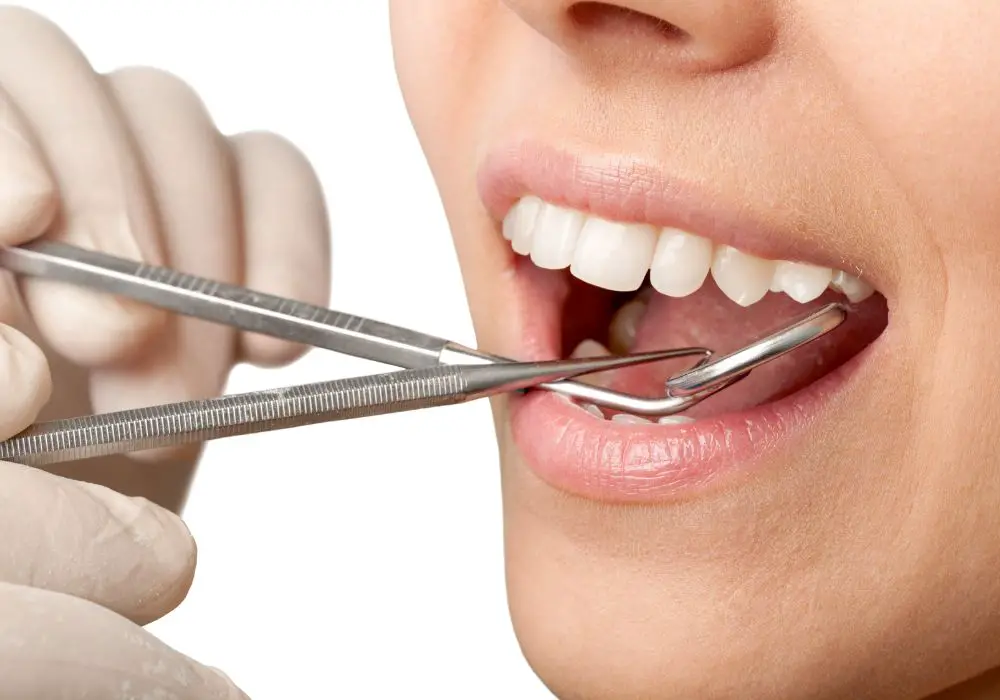
If you are concerned about your teeth shifting, there are several prevention strategies that you can follow to maintain your dental health. Here are two important ones:
Maintaining Regular Dental Checkups
One of the most effective ways to prevent teeth shifting is to maintain regular dental checkups. Your dentist can detect early signs of shifting and recommend preventive measures to stop it before it becomes a bigger problem. During your dental checkup, your dentist will examine your teeth, gums, and jawbone to ensure they are healthy. They will also check your bite and alignment to make sure everything is in order. It is recommended that you visit your dentist every six months for a routine checkup.
Wearing a Retainer
If you have had orthodontic treatment or your dentist has recommended a retainer, it is important to wear it as directed. A retainer helps to keep your teeth in their correct position and prevent them from shifting. There are different types of retainers available, such as fixed or removable, and your dentist will recommend the best one for you. It is crucial to wear your retainer as directed by your dentist to ensure the best results.
In addition to these strategies, there are other things you can do to maintain your dental health and prevent teeth shifting. These include:
- Brushing your teeth twice a day with fluoride toothpaste
- Flossing daily to remove plaque and food particles
- Eating a healthy diet that is low in sugar and acidic foods
- Avoiding bad habits such as clenching or grinding your teeth
- Protecting your teeth during contact sports with a mouthguard
By following these prevention strategies, you can maintain your dental health and prevent your teeth from shifting. Remember to visit your dentist regularly and follow their recommendations for the best results.
Frequently Asked Questions
What are the signs that your teeth are shifting?
If you notice that your teeth are becoming crooked or crowded, or if you feel like your bite is changing, these may be signs that your teeth are shifting. You may also experience discomfort or pain in your teeth or jaw.
How can you relieve pain from shifting teeth?
To relieve pain from shifting teeth, you can try using over-the-counter pain medication, such as ibuprofen or acetaminophen. You can also apply a warm compress to your jaw to help ease the discomfort.
Is it normal to be able to move your teeth with your fingers?
No, it is not normal to be able to move your teeth with your fingers. If you can move your teeth with your fingers, this may be a sign of tooth mobility, which can be caused by gum disease or other dental issues.
What causes teeth to shift?
Teeth can shift for a variety of reasons, including age, genetics, gum disease, and tooth loss. Other factors that can contribute to shifting teeth include grinding or clenching your teeth, and not wearing a retainer after orthodontic treatment.
Can shifting teeth be corrected?
Yes, shifting teeth can be corrected through orthodontic treatment, such as braces or clear aligners. In some cases, dental restorations may also be necessary to correct the alignment of your teeth.
Are there any preventative measures to stop teeth from shifting?
To prevent teeth from shifting, it is important to practice good oral hygiene, including brushing and flossing regularly. You should also avoid habits that can contribute to shifting teeth, such as grinding or clenching your teeth. If you have had orthodontic treatment, it is important to wear your retainer as directed by your orthodontist.


